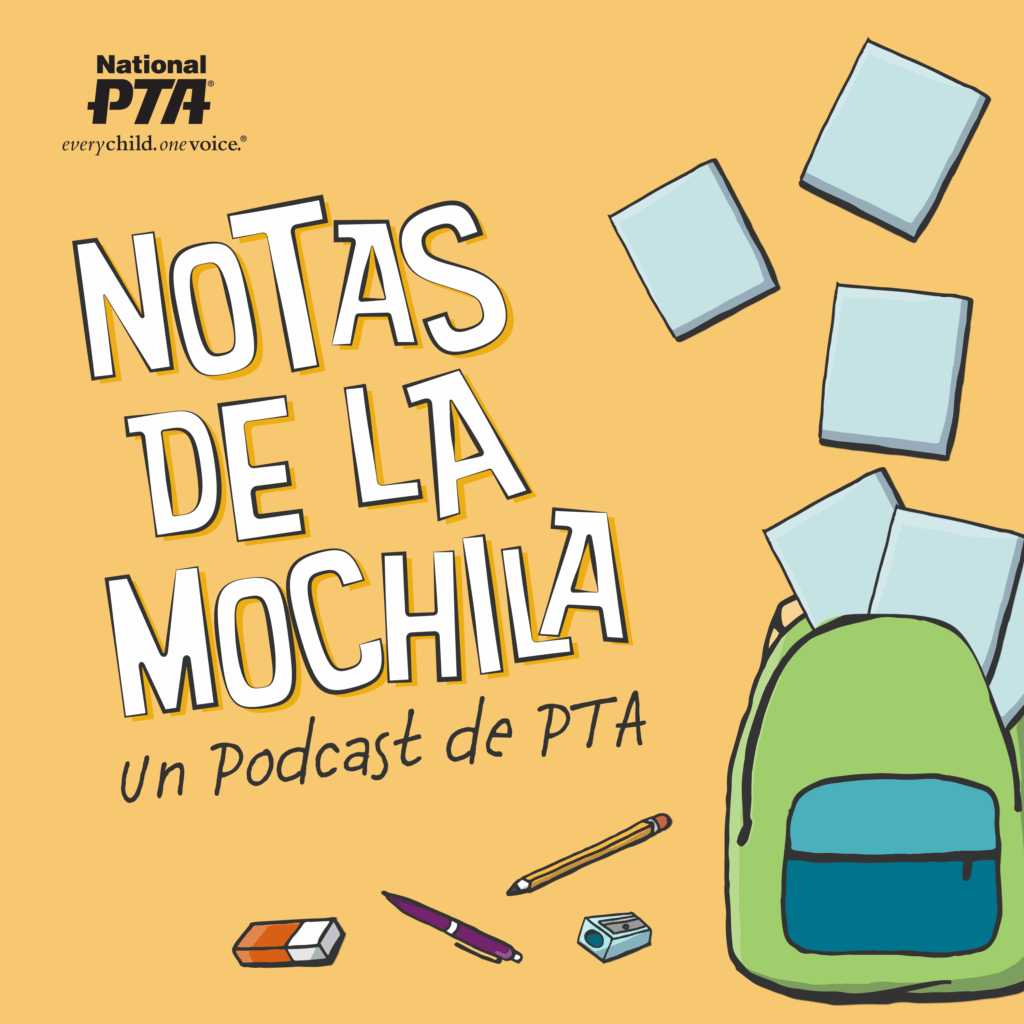College planning can be a stressful time for parents, especially if it’s your first child going to college. From applications to finances to admission tests, there’s a lot to keep track of.
Taking the SAT is an important step in the college planning process, so we want you to have the most up-to-date information for your child to plan for this year and after.
The 2015-16 school year is a unique one for students in the class of 2017—today’s juniors— because they have the option of taking two versions of the SAT. The current SAT is available from Dec. 5 and Jan. 23, however, beginning March 5, we will offer the new SAT.
The new SAT was redesigned to focus on the few things that matter most for college and career readiness, and to better reflect what students are learning in class.
What does this mean for students?
- Class of 2016: Most students have taken the current SAT or will take one of its final administrations.
- Class of 2017: Students may take either or both versions of the SAT. Most colleges will accept scores from both tests, and depending on the college’s policies, students can choose to send all or only their best scores.
- Class of 2018 and after: All students will take the new SAT.
Income-eligible students can receive fee waivers for both tests and can apply to four colleges for free.
How should students prepare for the new SAT?
- Get familiar with the changes. Changes on the new SAT include elimination of obscure vocabulary words, removal of the guessing penalty, an optional essay and a more narrow focus on the skills needed for college. Compare the features of the two tests.
- Use our free, personalized practice tools. We partnered with Khan Academy to create the Official SAT Practice—a free practice test practice, so you don’t need to spend money on test-prep courses. It’s personalized for students to show them where they excel and where they need more work.With thousands of interactive problems, instant feedback and video lessons, students can prepare for the test and keep track of their progress at org.We encourage students who’ve recently taken the PSAT/NMSQT® or PSAT™ 8/9 to link their College Board and Khan Academy accounts for more personalized practice recommendations based on their test results.Students who took the PSAT/NMSQT in October will have an excellent idea of what to expect on the new SAT because the tests share the same format and test the same subject matter.
- Download the free practice app. The Daily Practice for the New SAT app allows students to view daily SAT questions on their phone, “scan & score” a paper practice test to receive instant feedback, and connect to their Khan Academy account. Learn more about the app (available at the iTunes store and Google Play).
- Check college admission policies. Admission policies vary by school. For example, some schools may require the SAT with Essay while others may not. Some schools let you send only your best score, and others ask you to send all scores. Students should be familiar with specific requirements for their schools of choice before taking the test; websites for individual colleges are the best source of information.
- Register for the new SAT. The test will be offered in March, May and June 2016, so register for your test date Students interested in taking the current SAT have until Dec. 28 to register for the test on Jan. 23.
Remember, parents play an important role in guiding their students on their path to college.
For more info about the new SAT, visit SAT.org/New.
For more info about college planning, visit BigFuture™.
Stacy Caldwell is the vice president of college readiness assessments at the College Board.


















